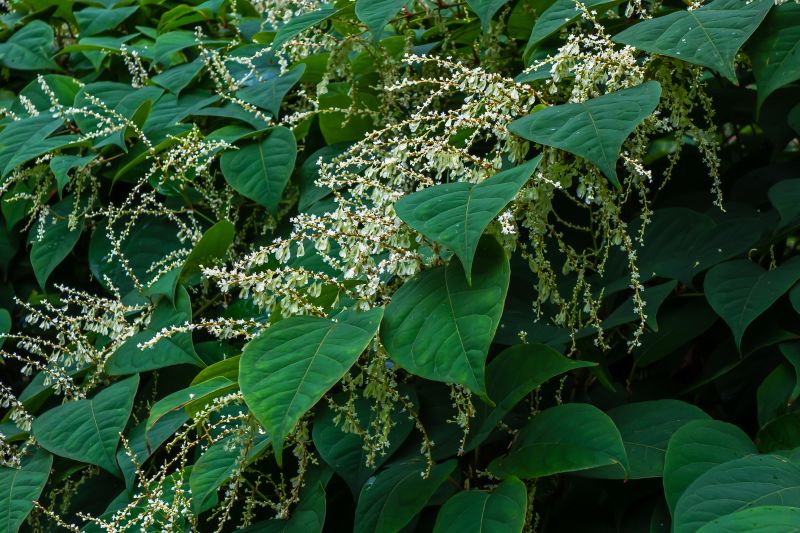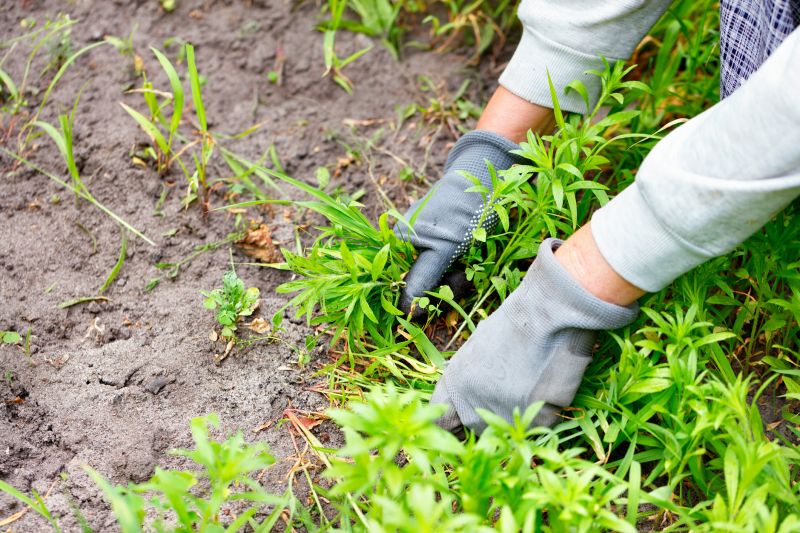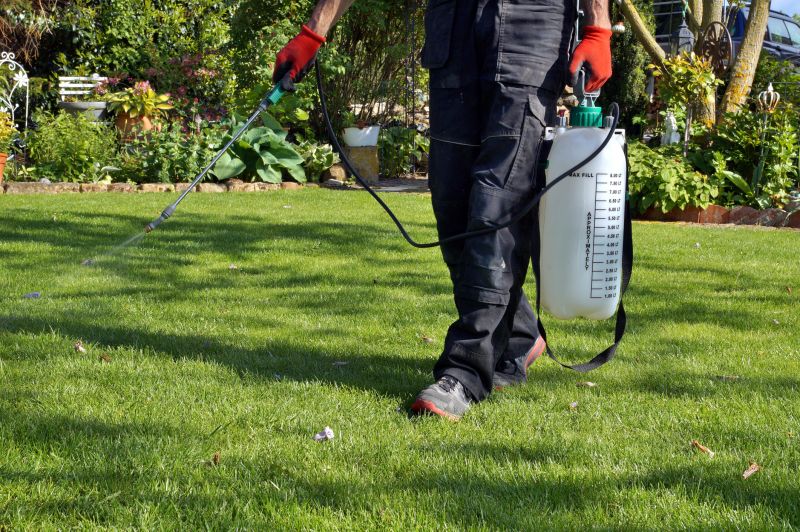Best Timing for Japanese Knotweed Removal
The optimal timing for Japanese Knotweed removals depends on the plant's growth cycle. Typically, late winter to early spring is ideal for eradication efforts, as the plant is in dormancy and less active. This allows for more effective removal and reduces the risk of regrowth. Summer months, when the plant is in full leaf, can also be suitable, especially for targeted removal before seed production. Fall is generally less recommended due to the plant's active growth phase, which can complicate removal efforts.
Removals in early spring target the plant during dormancy, making it easier to remove roots and prevent regrowth.
Performing removal before seed dispersal can help limit the spread of Japanese Knotweed.
Active growth in fall can make removal more difficult and less effective.
Japanese Knotweed is dormant during winter, offering a window for effective removal.

New shoots emerge early, making spring a strategic time for removal.

Full foliage during summer can hinder removal efforts but allows targeting before seed set.

Dormant plants are easier to excavate and treat effectively.

Ways to make Japanese Knotweed Removals work in tight or awkward layouts.

Popular materials for Japanese Knotweed Removals and why they hold up over time.

Simple add-ons that improve Japanese Knotweed Removals without blowing the budget.
Japanese Knotweed is a highly invasive plant that can cause significant damage to structures, land, and ecosystems. Its extensive root system can penetrate concrete, drainage systems, and building foundations, making removal a complex process. Effective eradication requires understanding its growth cycle and selecting the appropriate time for treatment. Statistically, early intervention during dormancy can reduce the likelihood of regrowth by up to 80%. Proper timing combined with targeted removal methods can help control and eliminate this invasive species efficiently.

Deep roots necessitate thorough removal during optimal seasons.

Specialized tools improve removal success during the best seasons.

Visual evidence of effective Japanese Knotweed eradication.

Monitoring spread is crucial for timely removal and control.
| Season | Best Removal Practices |
|---|---|
| Winter | Target dormant plants for excavation and treatment. |
| Spring | Remove new shoots early to prevent establishment. |
| Summer | Control growth before seed dispersal; use herbicides if necessary. |
| Fall | Less ideal due to active growth, but can be used for ongoing control. |
Timely Japanese Knotweed removal is essential for preventing extensive land damage and reducing long-term management costs. Proper planning based on seasonal growth patterns enhances the effectiveness of eradication efforts. If interested in addressing Japanese Knotweed issues, filling out the contact form can facilitate detailed assessment and tailored removal strategies.



